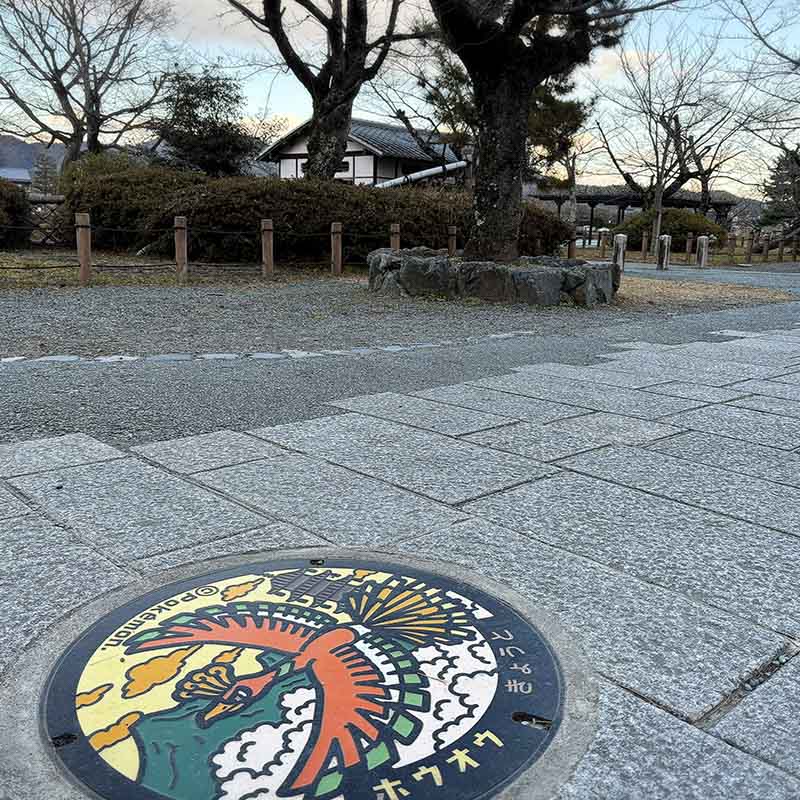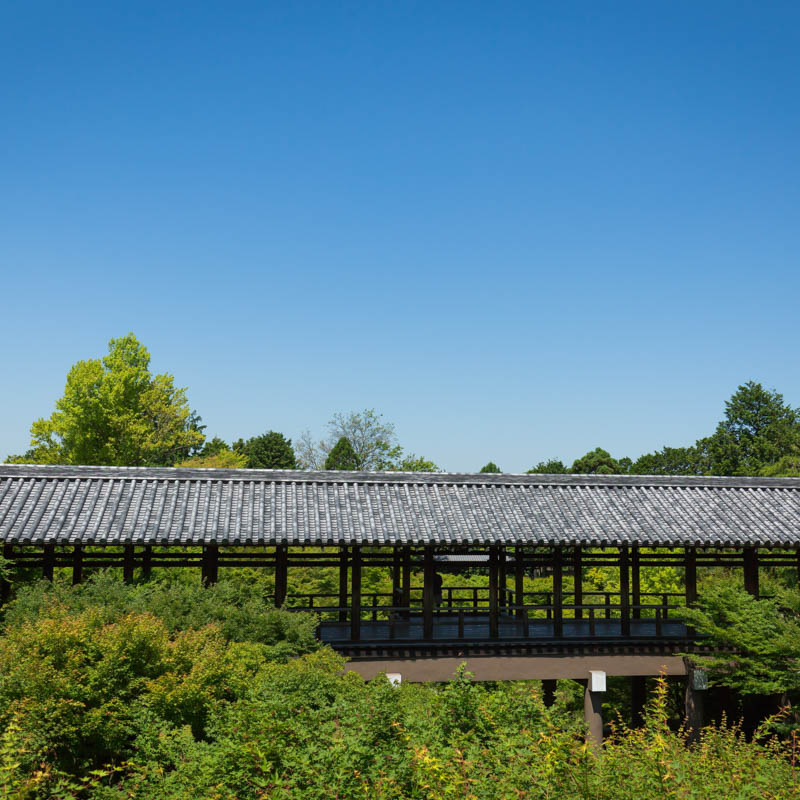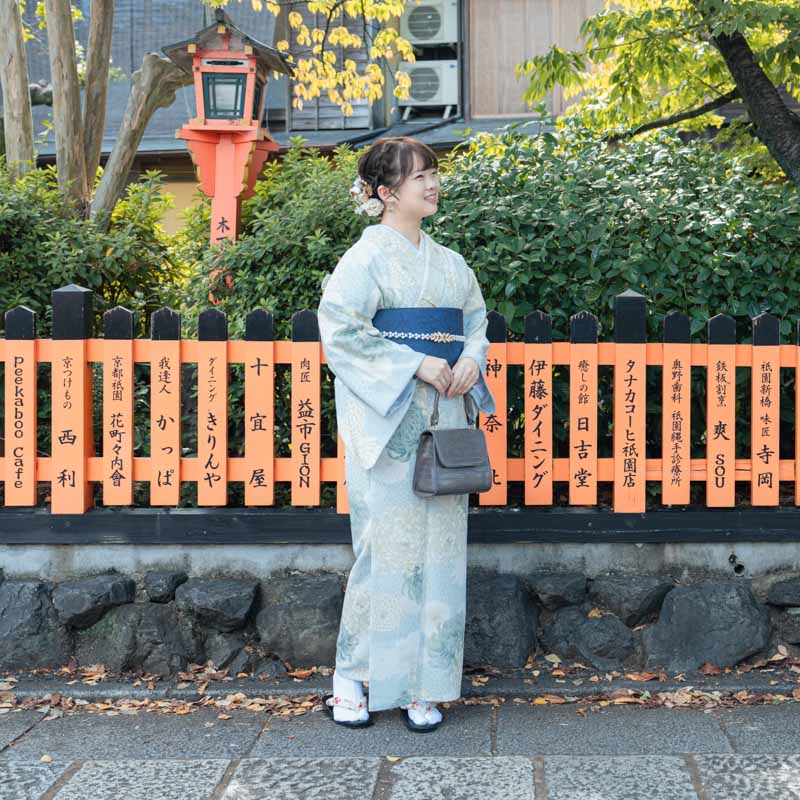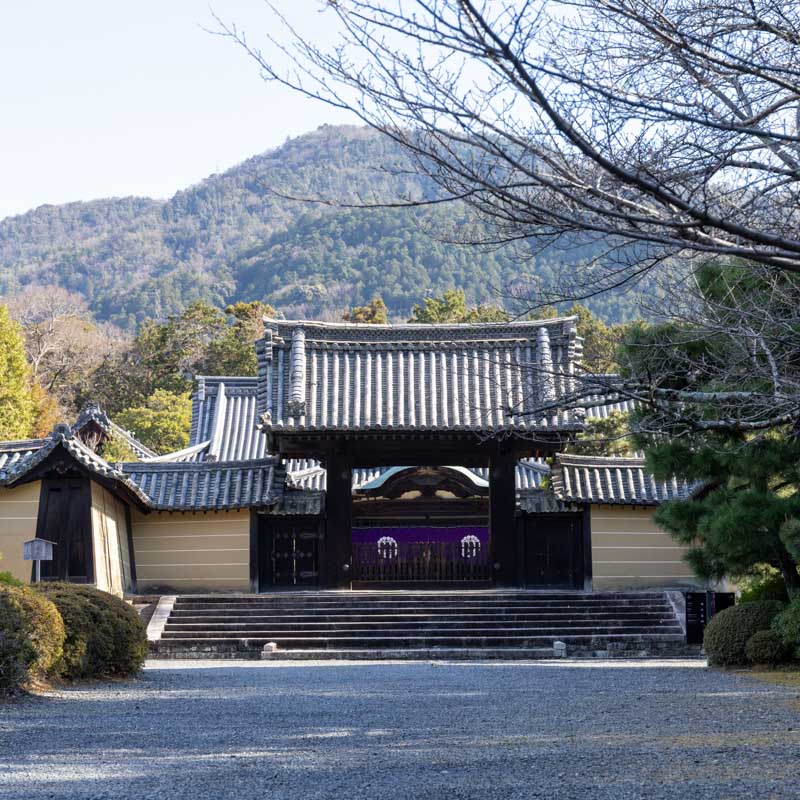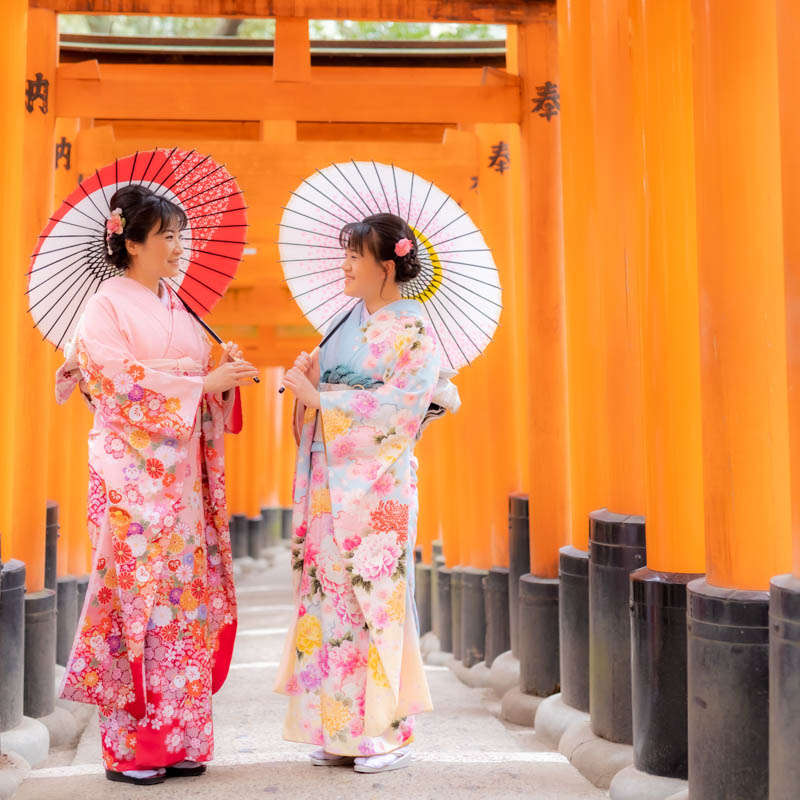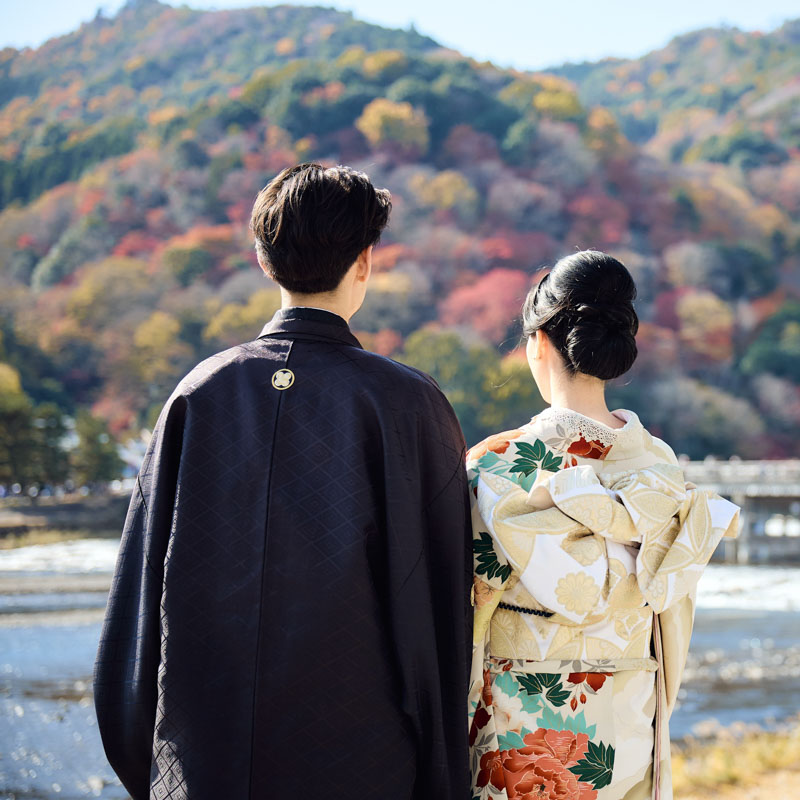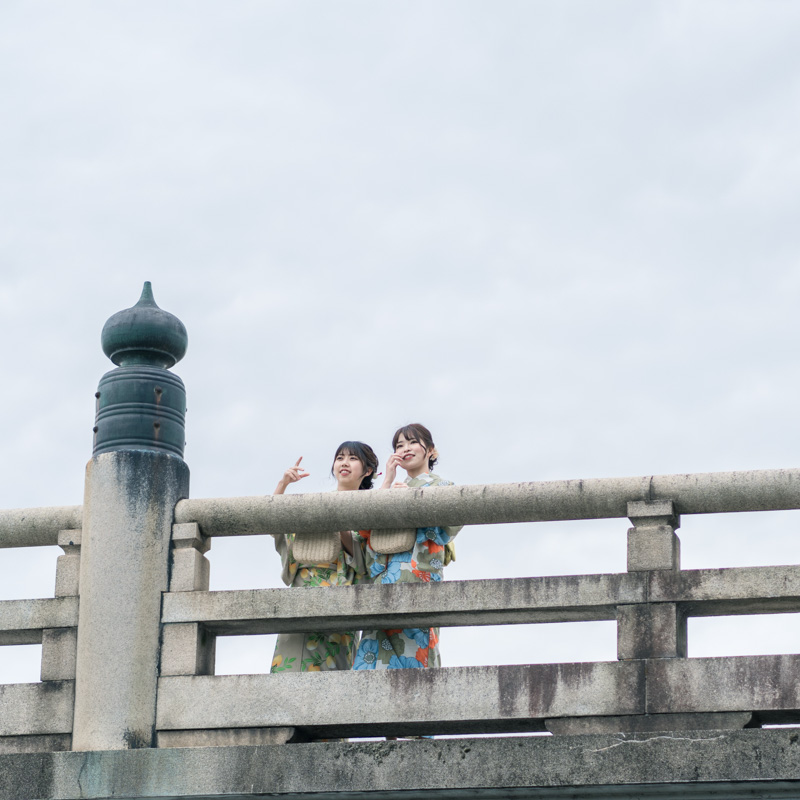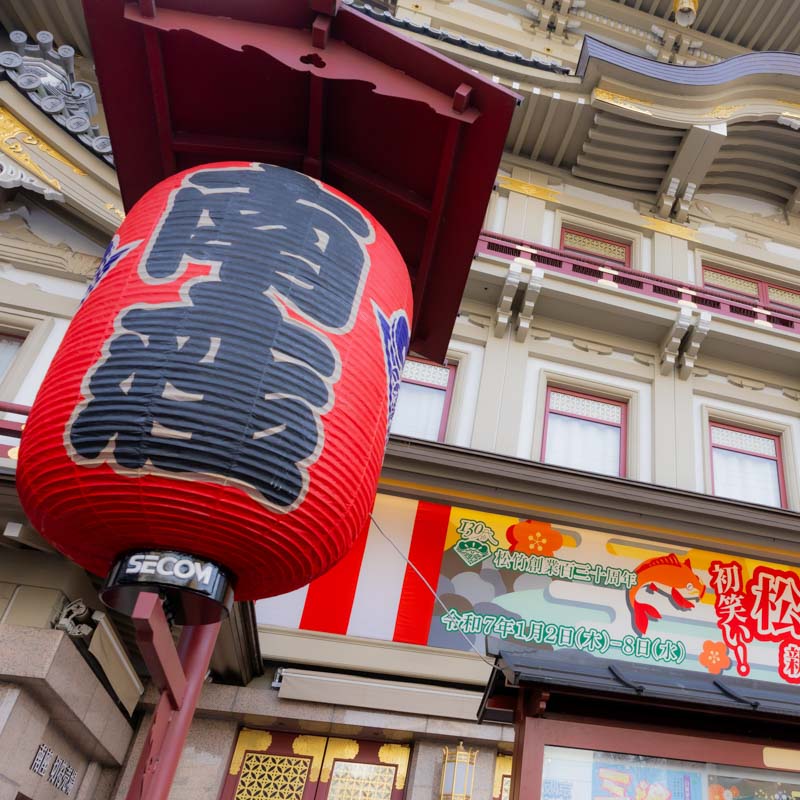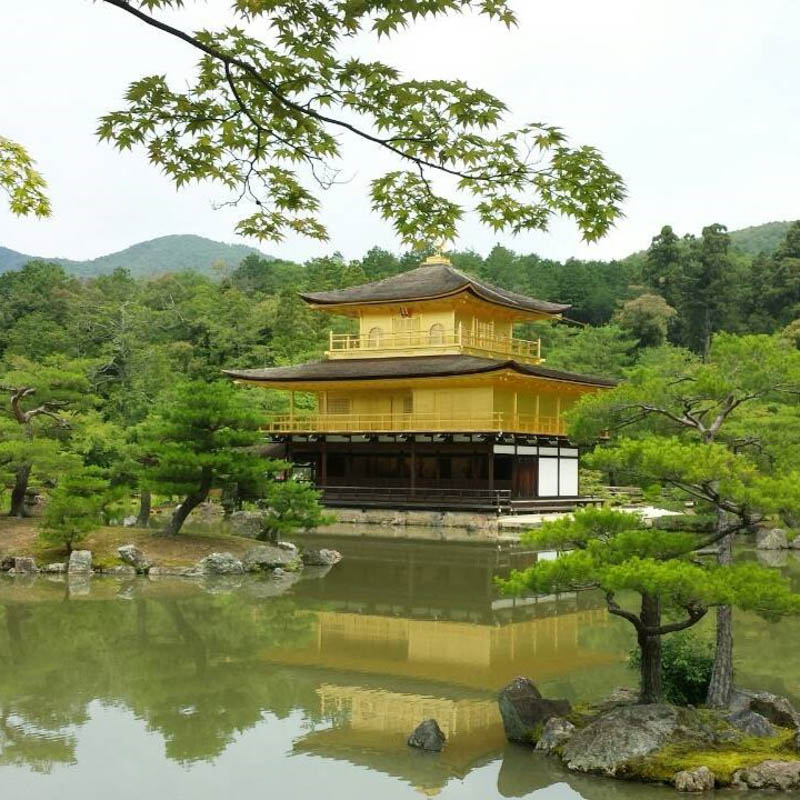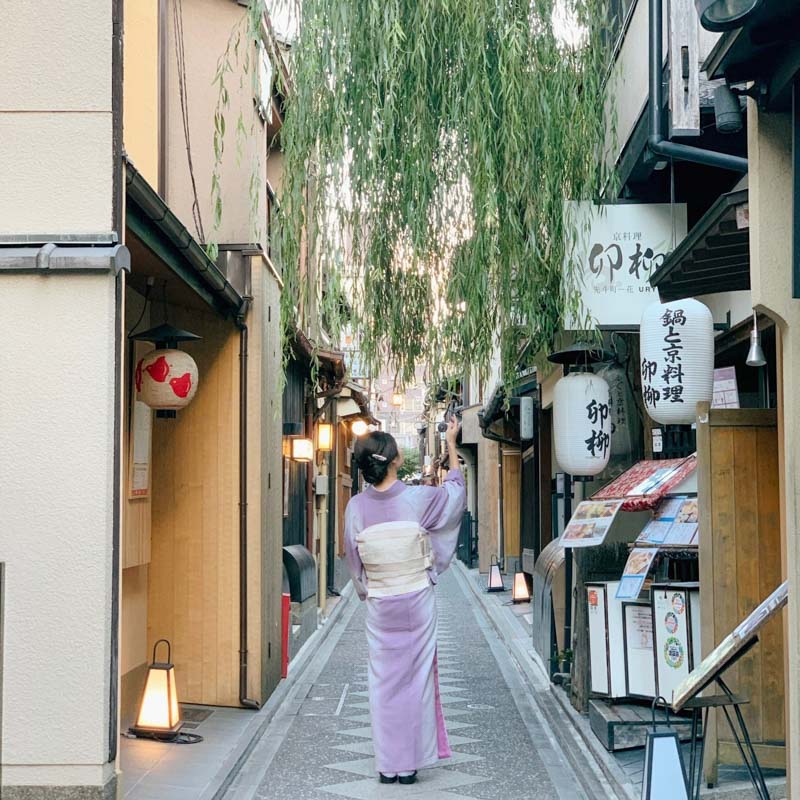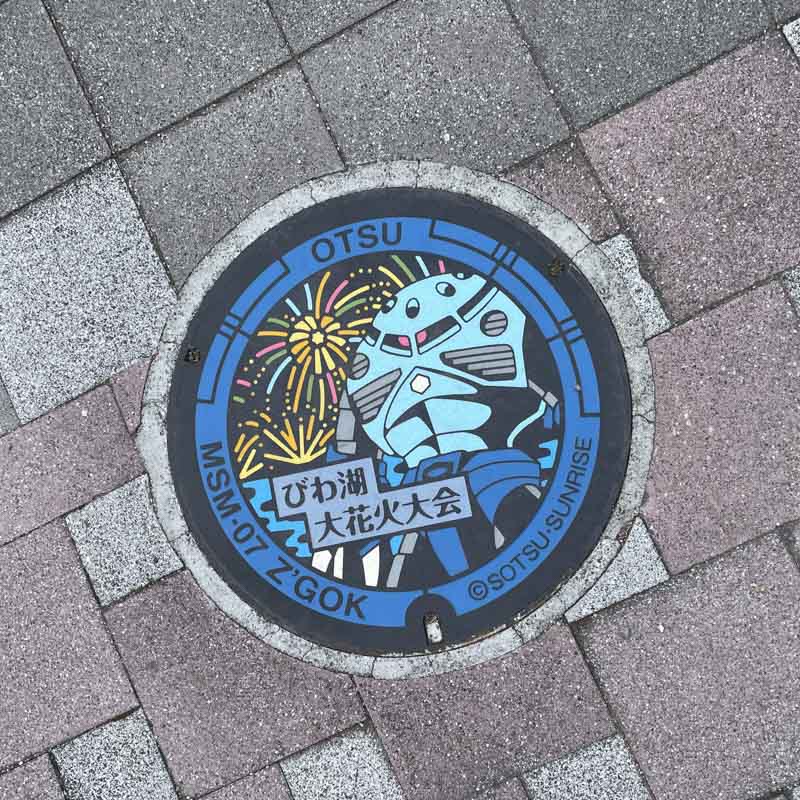Pilgrimage to Sacred Sites in Kimono
Drama
Movie
Anime
Game
Pokémon GO~Kyoto~
Maruyama Park
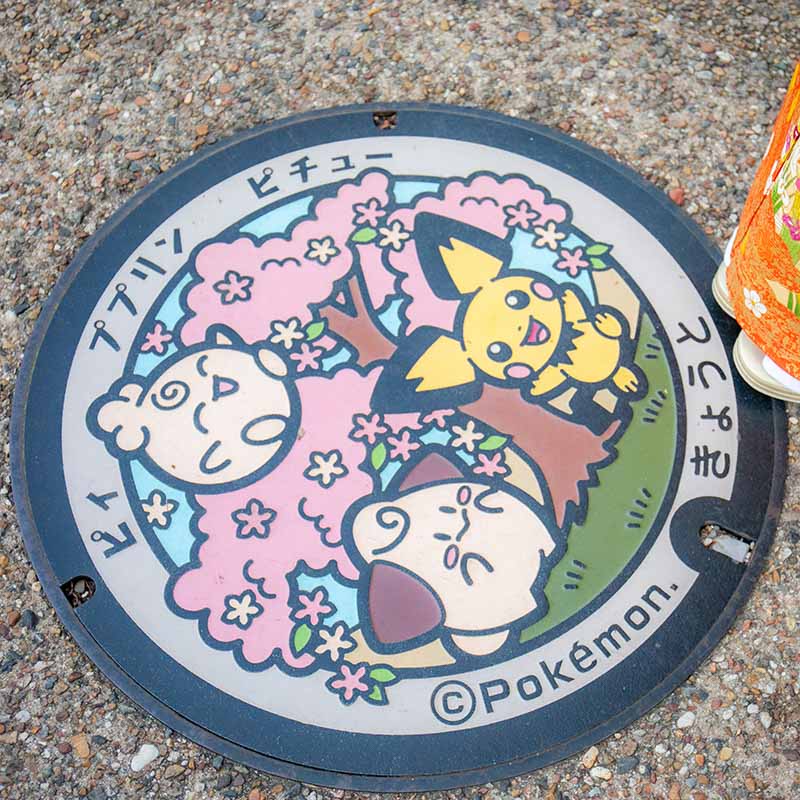
The most famous spot considered the sacred ground for Pokémon in Kyoto. Established in 1886 (Meiji 19), it is the oldest park in Kyoto City. Located east of Yasaka Shrine with the Higashiyama mountains in the background, the park features a traditional Japanese stroll garden surrounded by teahouses and restaurants. Visitors can enjoy the seasonal beauty throughout the year, and it is especially renowned as one of Kyoto's top cherry blossom viewing spots. During the cherry blossom season, the "Gion Night Cherry Blossoms" are not to be missed. The park also includes attractions such as an outdoor music hall, gazebos, wisteria trellises, ponds, and fountains, captivating all who visit. Maruyama Park is also known for its frequent nest rotations, offering many PokéStops and encounters with a variety of Pokémon, making it a popular destination for fans.
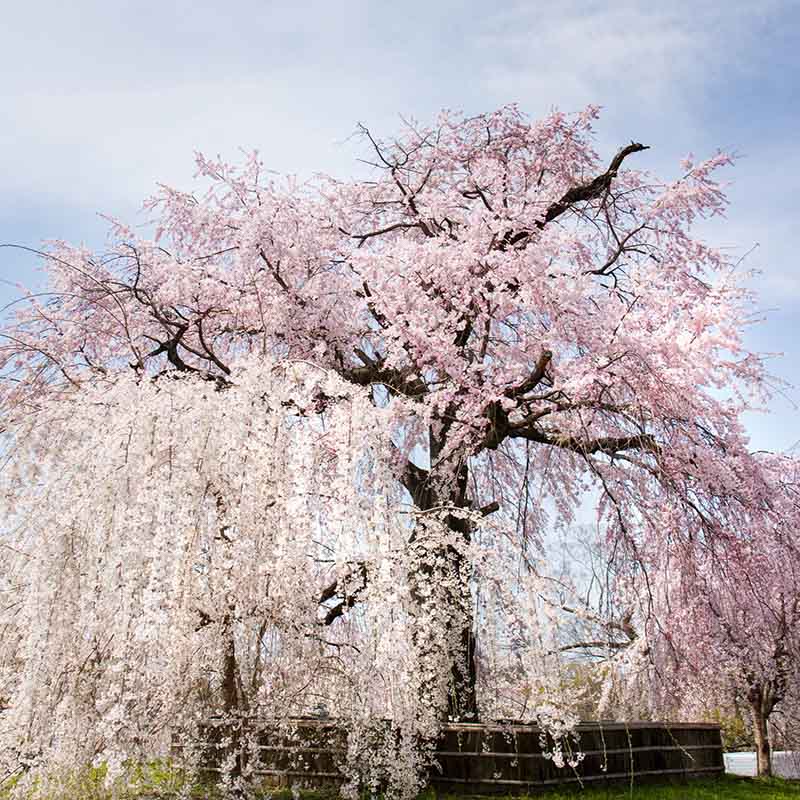
Of course, there are plenty of PokéStops around Maruyama Park, but it’s also perfect for taking photos with gardens and ponds where you can encounter Normal, Fire, Poison, and Water-type Pokémon, all set against the backdrop of large cherry blossom trees! If you capture the hem of your kimono in the shot too, it’s sure to stand out on social media! At the Pokéfuta (Pokémon manhole cover) in Maruyama Park, you can meet Cleffa, Igglybuff, and Pichu!
Transportation Access
Get off at the city bus stop “Gion,” or at Keihan Railway “Gion-Shijo” Station, or at Hankyu Railway “Kyoto-Kawaramachi” Station.
Ujigami-jinja Shrine
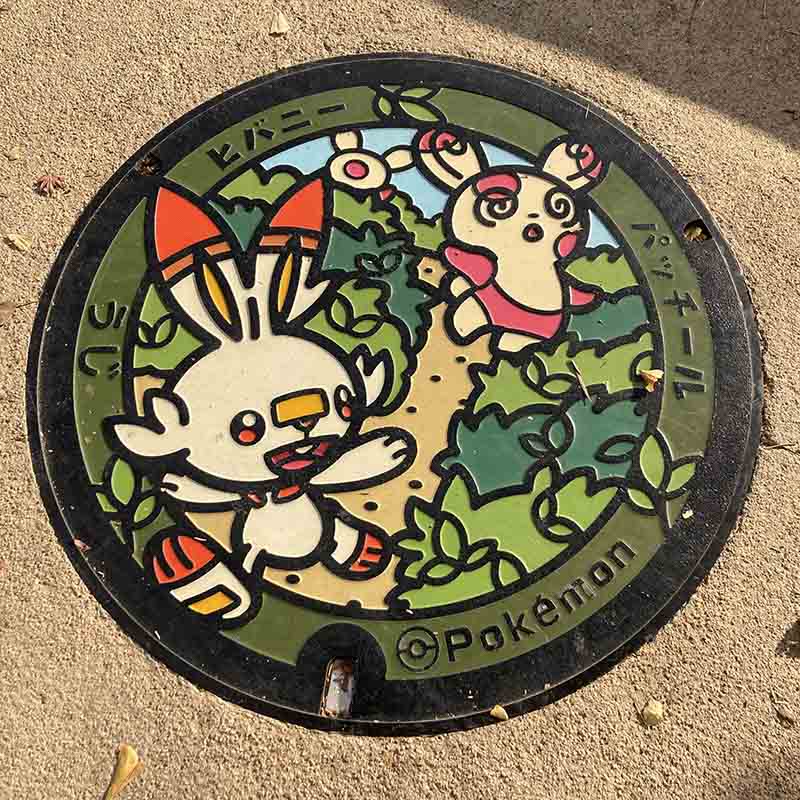
Uji Shrine enshrines the grandchild deity of Empress Jingū, a goddess of safe childbirth, and is revered for prayers related to safe delivery and fertility. Many people visit the shrine, especially on the "Day of the Dog" or the "Day of the Rabbit," to pray for a safe birth.
The shrine is also known for the legend of the "Divine Messenger Rabbit" (Mikaeri Usagi), which is said to have guided a lost deity back onto the correct path. Because of this story, the rabbit is believed to have the power to lead people in the right direction. Furthermore, rabbits are also worshipped as deities of scholarship and academic success, and are considered pioneers of education and learning.
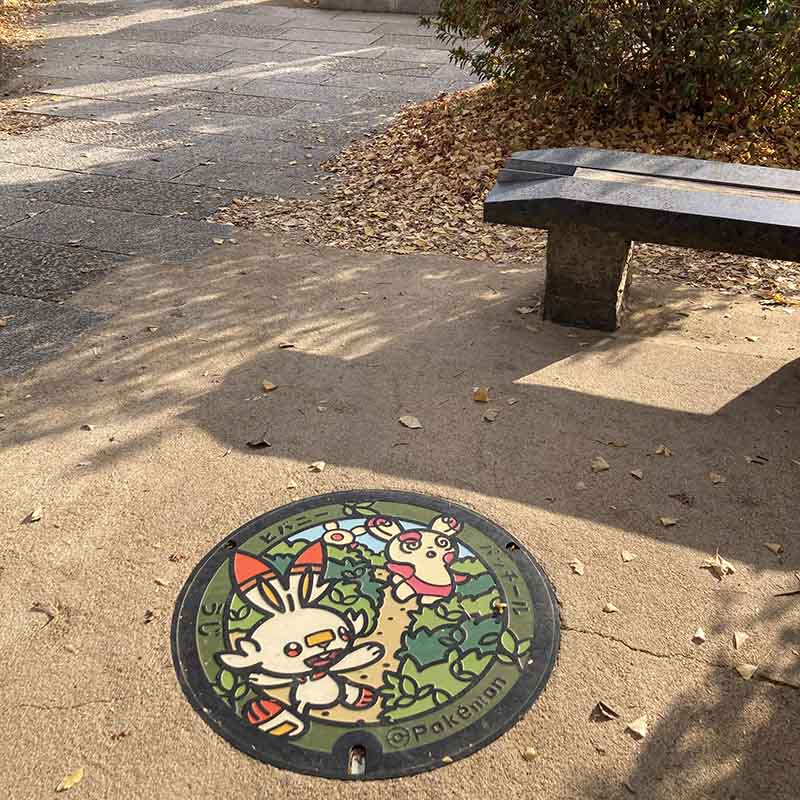
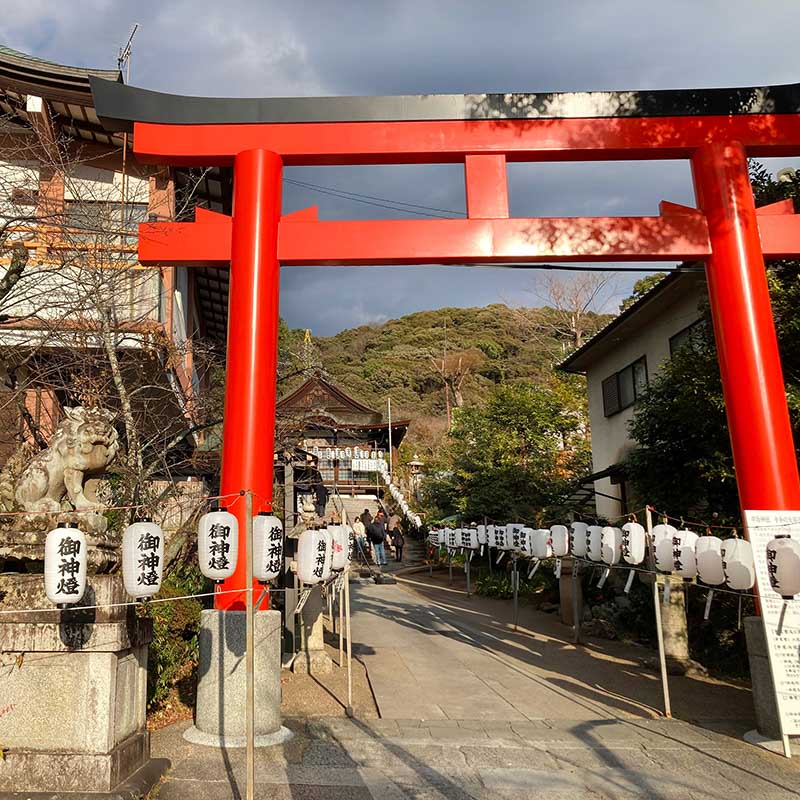
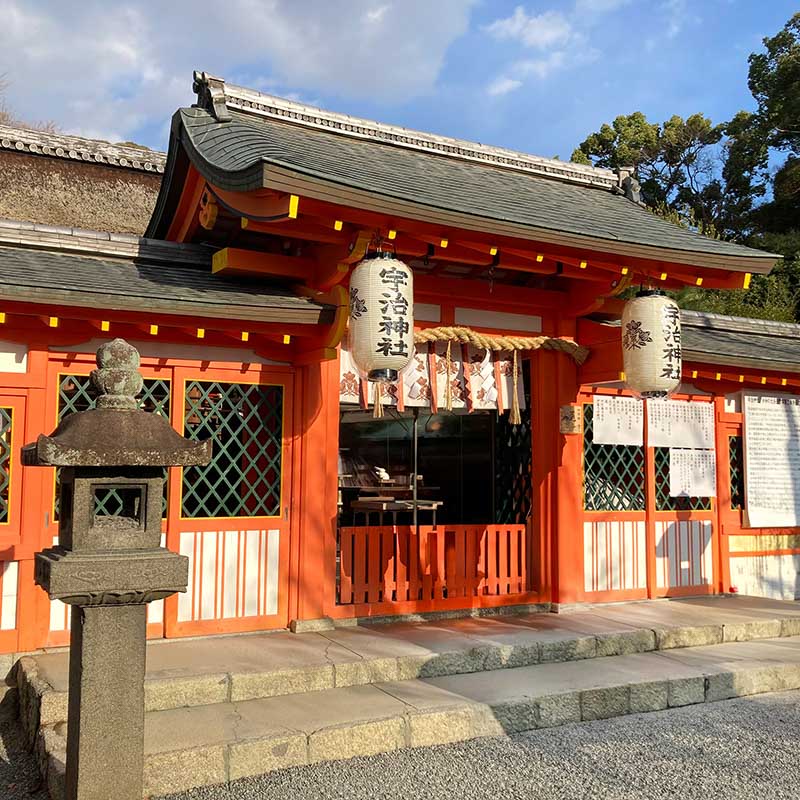
Take a photo in a kimono with the large torii gate of Uji Shrine in the background, and be sure to snap a shot with the nearby Poké Lids featuring the rabbit Pokémon Scorbunny and Spinda — perfect for the occasion!
Transportation Access
9 minutes on foot from Keihan Uji Line 'Uji' Station, 15 minutes on foot from JR Nara Line 'Uji' Station.
Uji-bashi Bridge(Uji-gawa River)
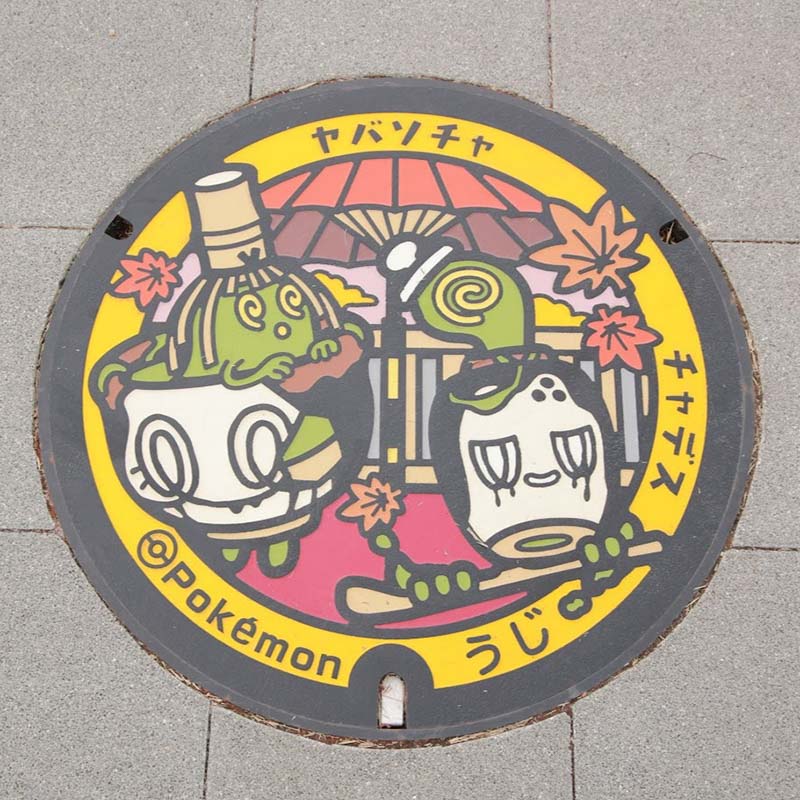
This bridge spanning the Uji River is known as one of the Three Ancient Bridges of Japan. It is a beautiful structure adorned with ornamental railings and gibōshi (decorative finials), and holds historical significance, being mentioned in both the Kokin Wakashū and The Tale of Genji. The bridge's name is also preserved in various legends, giving it a special meaning. Its design features include the gibōshi on the pillars and wooden railings, which reflect the elegance of traditional Japanese architecture. Nearby, you'll find Byōdō-in Temple, a UNESCO World Heritage Site, as well as Asagiri Bridge, named after The Tale of Genji, making this area a perfect photo spot in Uji.
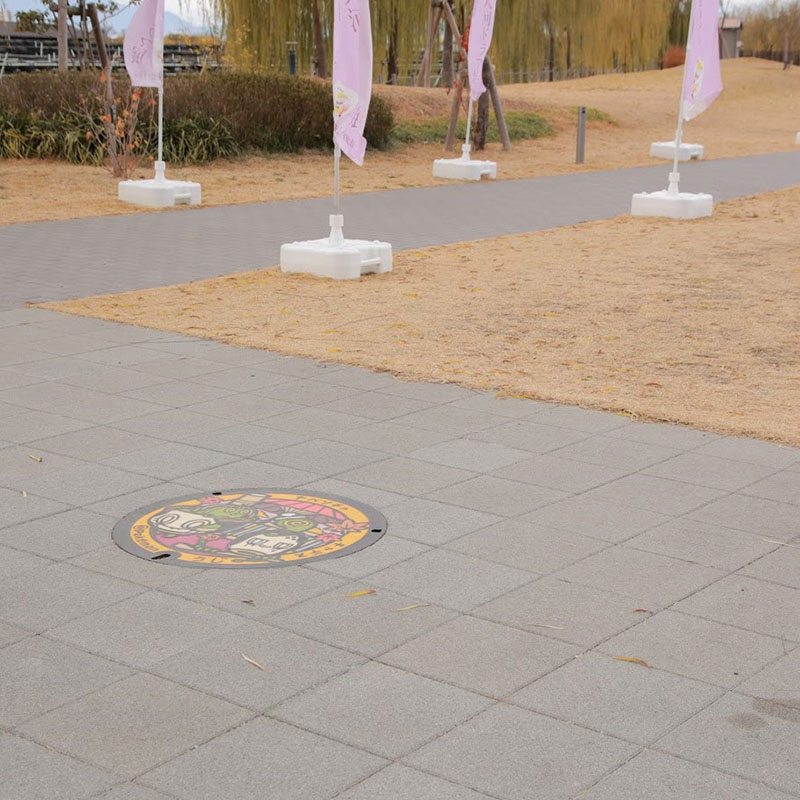
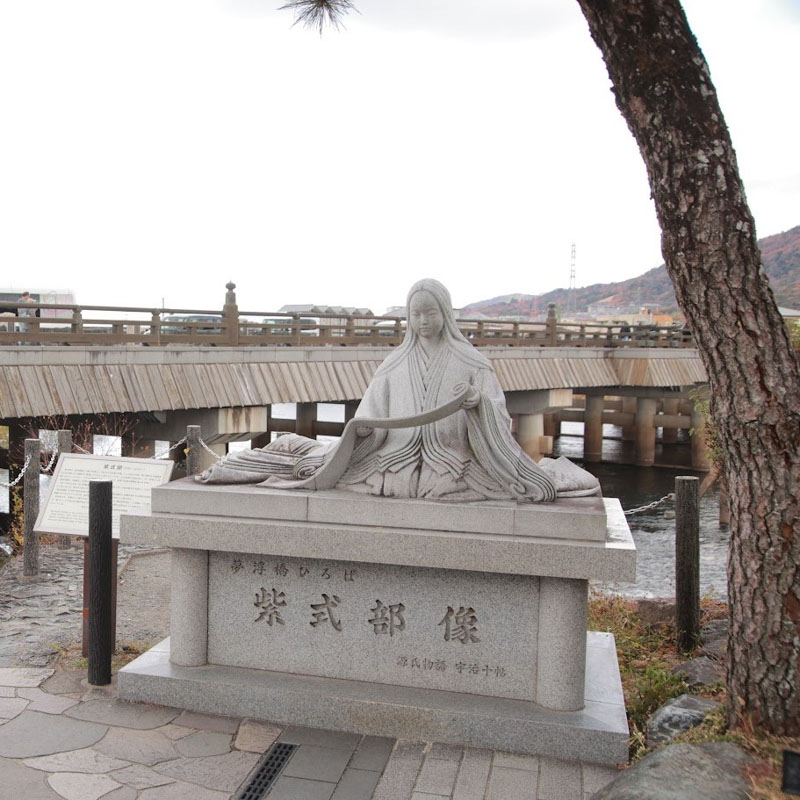
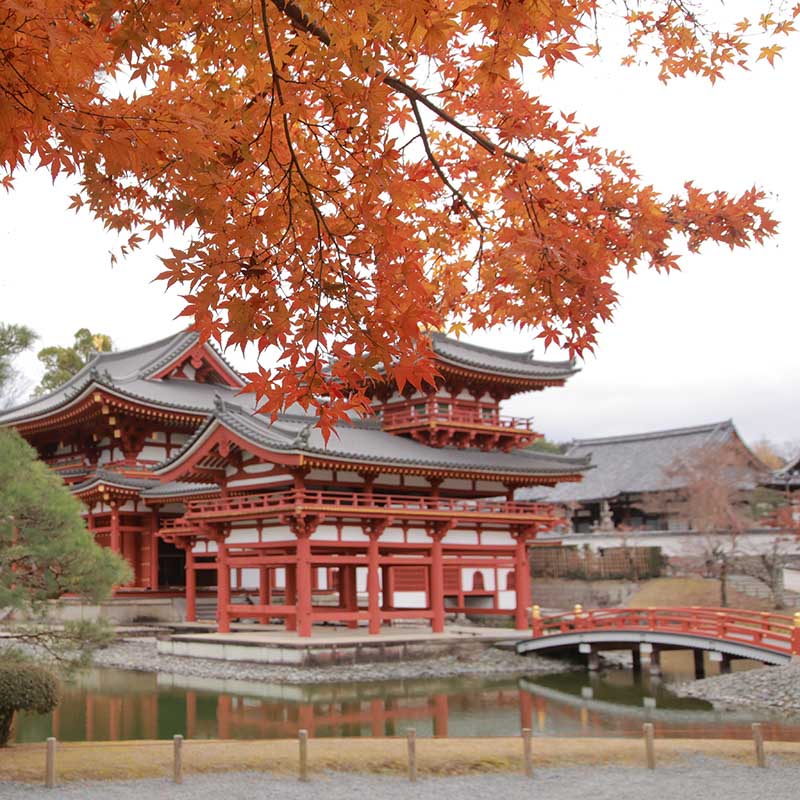
With the romantic atmosphere of the Heian period as your backdrop at Uji Bridge, you can take a perfect photo in a kimono. Capture the moment together with the “Poké Lids” featuring “Chadesu” and “Oyabasocha,” which are themed around traditional tea utensils found in the area!
Transportation Access
1-minute walk from Keihan Uji Station on the Keihan Uji Line.
Okazaki Park
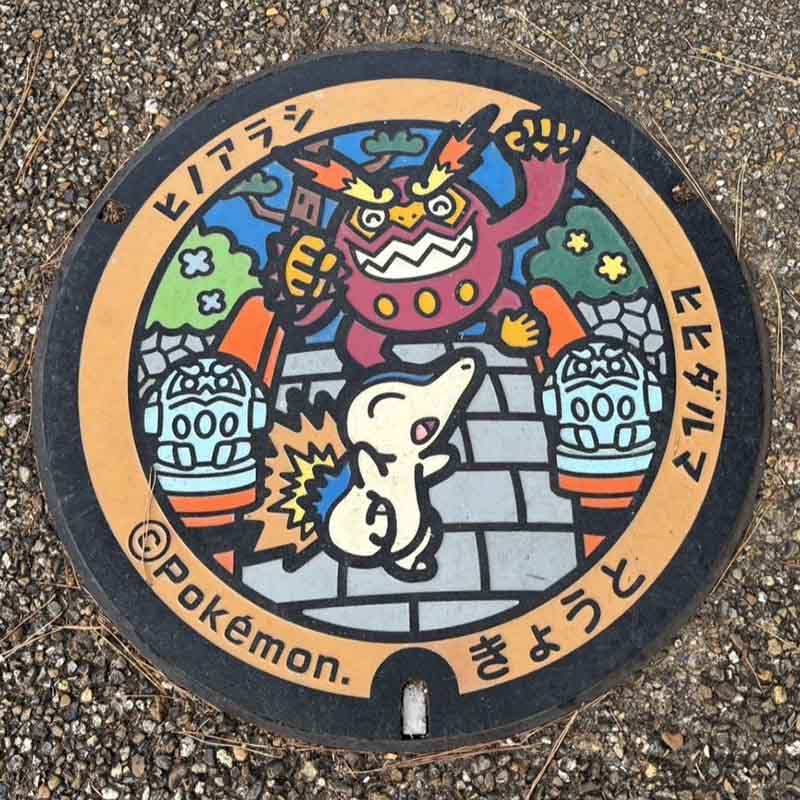
Darmanitan、Cyndaquil
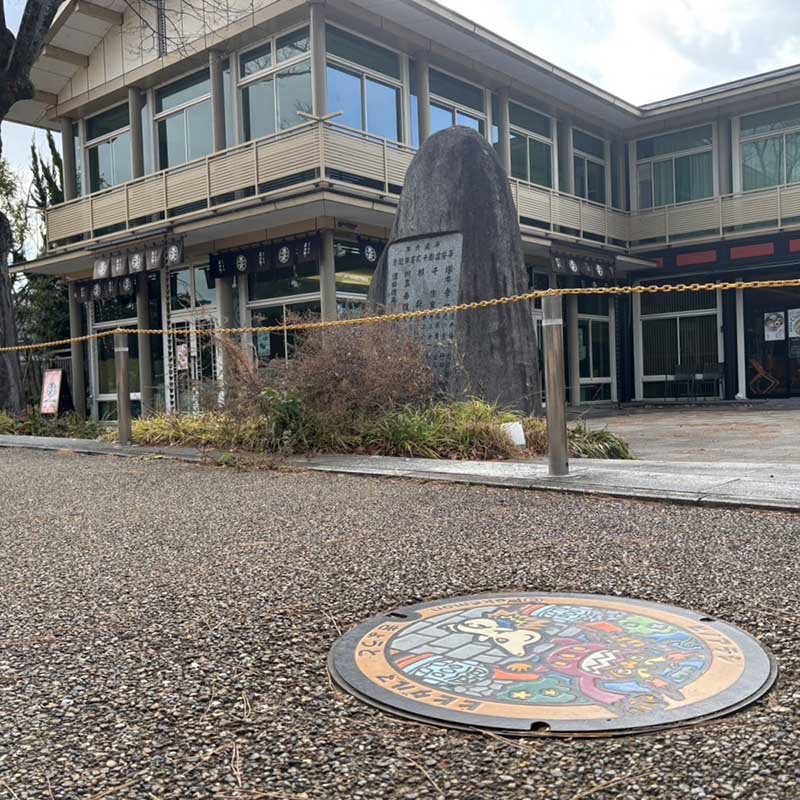
Transportation Access
Umekoji Park
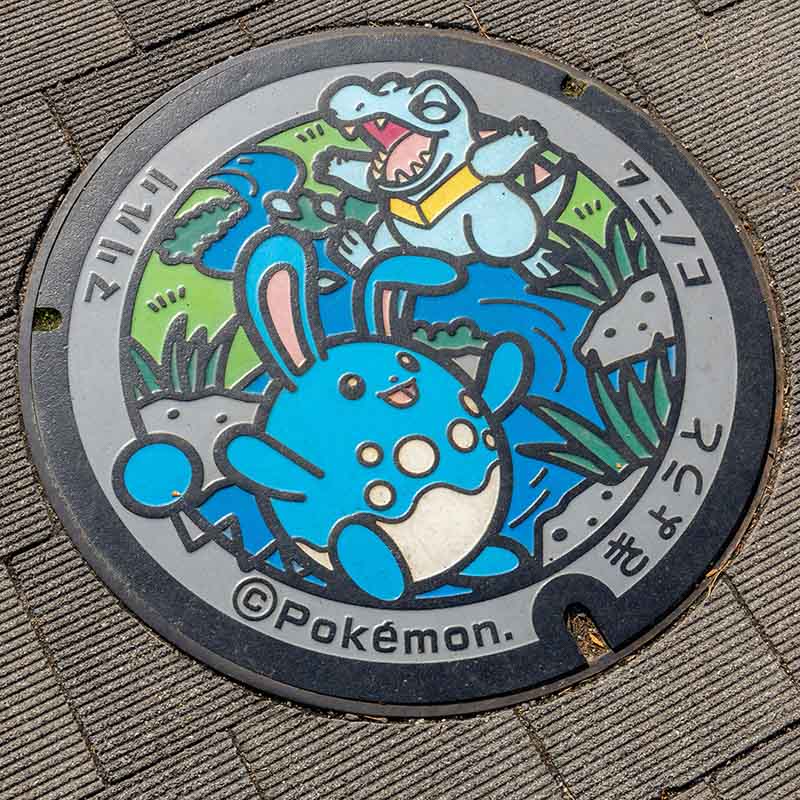
Azumarill、Totodile
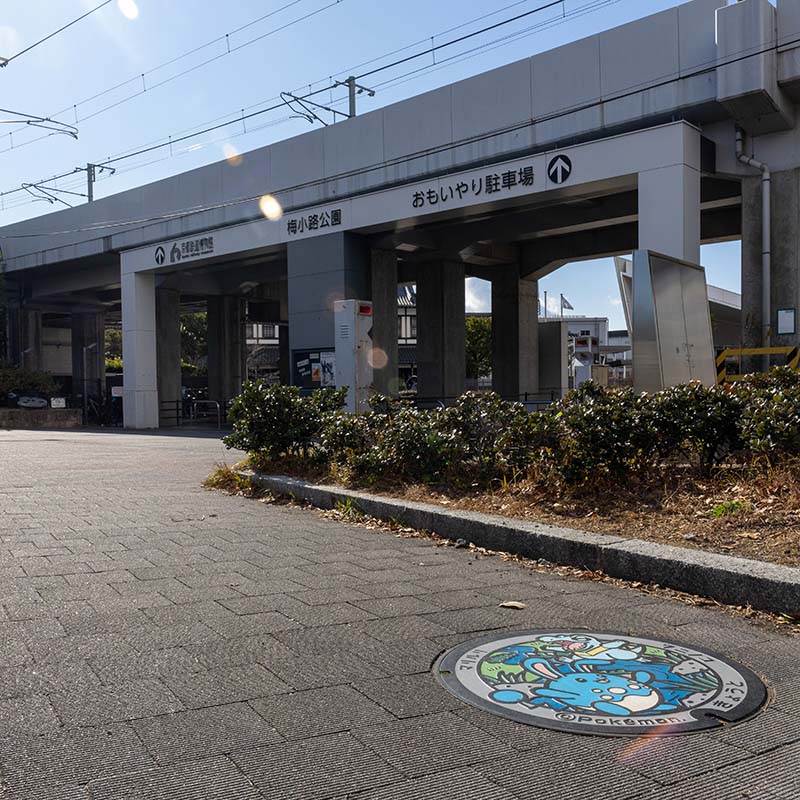
Transportation Access
Arashiyama Park
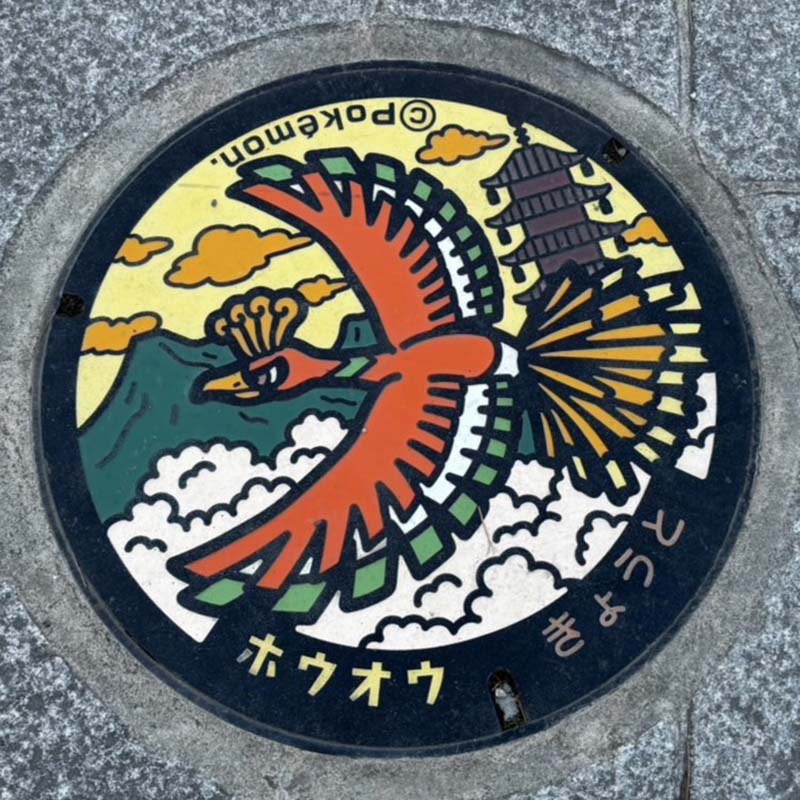
Ho-oh
